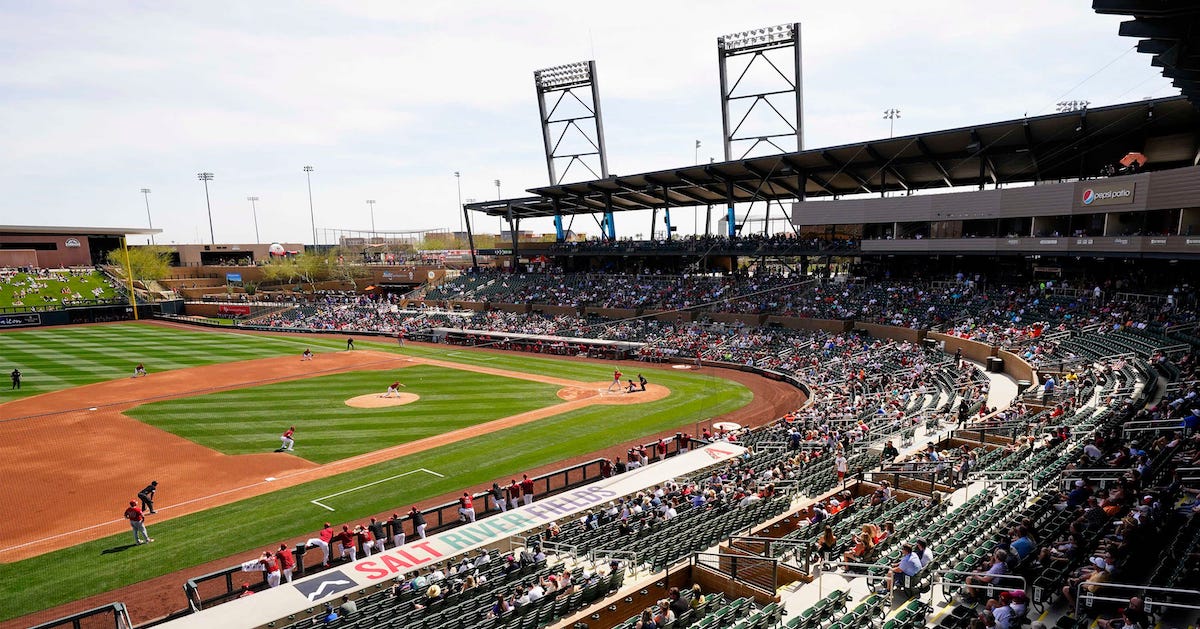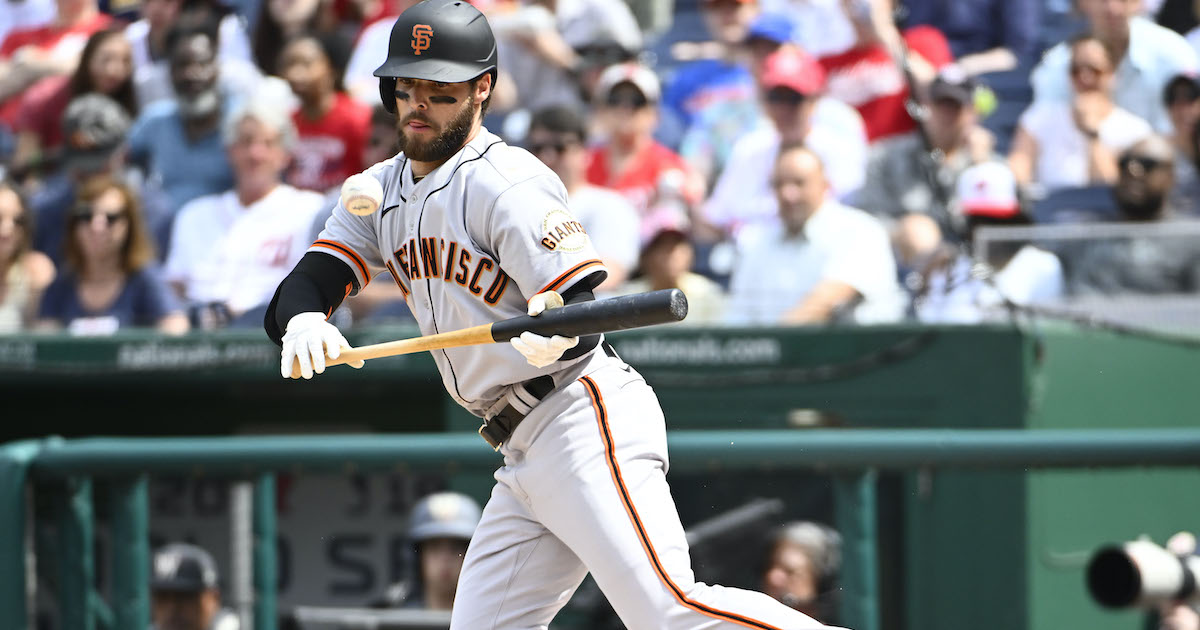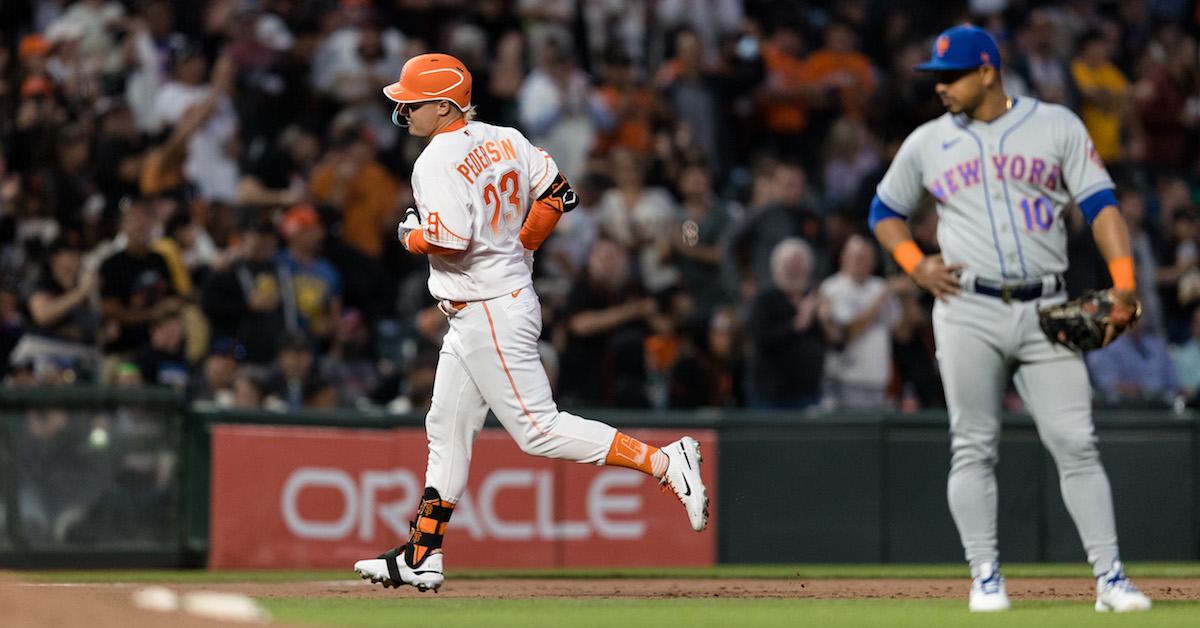Giant Steps Backwards for Last Year’s 107-Game Winners

The Giants won a franchise-record 107 games last year, then reloaded after being knocked out of the Division Series by the Dodgers. But since posting a 14-7 record through the end of April, things haven’t gone their way. Though they snapped a six-game losing streak with a late-inning comeback against the Diamondbacks on Wednesday night, they’ve dropped 12 of their last 16 games, largely against sub-.500 teams. As the season’s midway point approaches, they’re barely above .500 at 41-39, and what’s more, they just lost their hottest hitter, Evan Longoria, to an oblique strain.
It’s not clear at this writing how Longoria was injured, but losing him is a blow nonetheless. The 36-year-old third baseman is hitting .242/.331/.462 with eight home runs; his 123 wRC+ is fourth among Giants regulars. In the two weeks prior to his injury, as the team has struggled, he hit for a team-high 166 wRC+ (.316/.413/.553) with three of those eight homers.
Longoria already missed the first 30 games of the season due to surgery to repair a torn ligament in his right index finger, making this the fifth straight season in which he has landed on the injured list. Last year, he was limited to 81 games due to a dislocated sternoclavicular joint in his left shoulder as well as a right hand contusion. In 2020, he missed the first seven games of the season due to an oblique strain; reportedly, he tweaked the muscle on his right side while swinging on July 14 of that year and was back in the lineup on July 30. In terming his current strain mild, manager Gabe Kapler offered similar optimism that this won’t be a long-term absence, though Longoria is out through at least the All-Star break. Read the rest of this entry »







